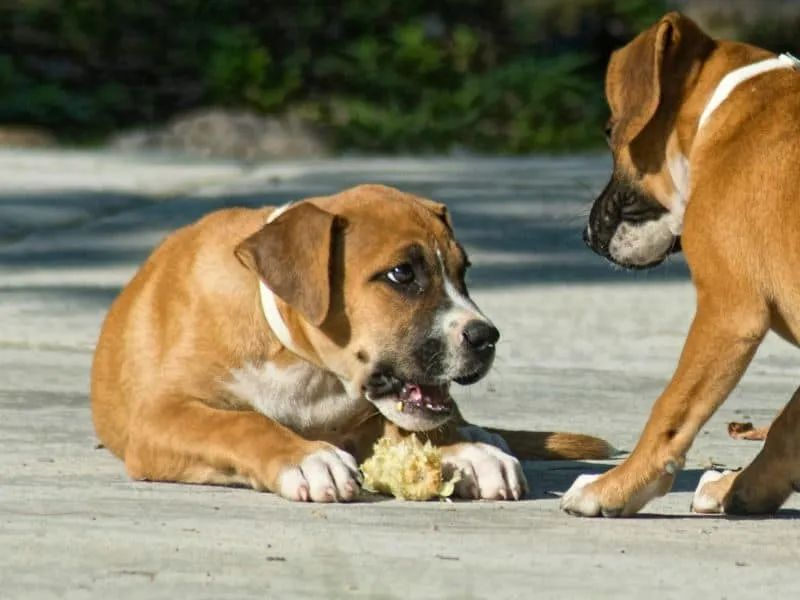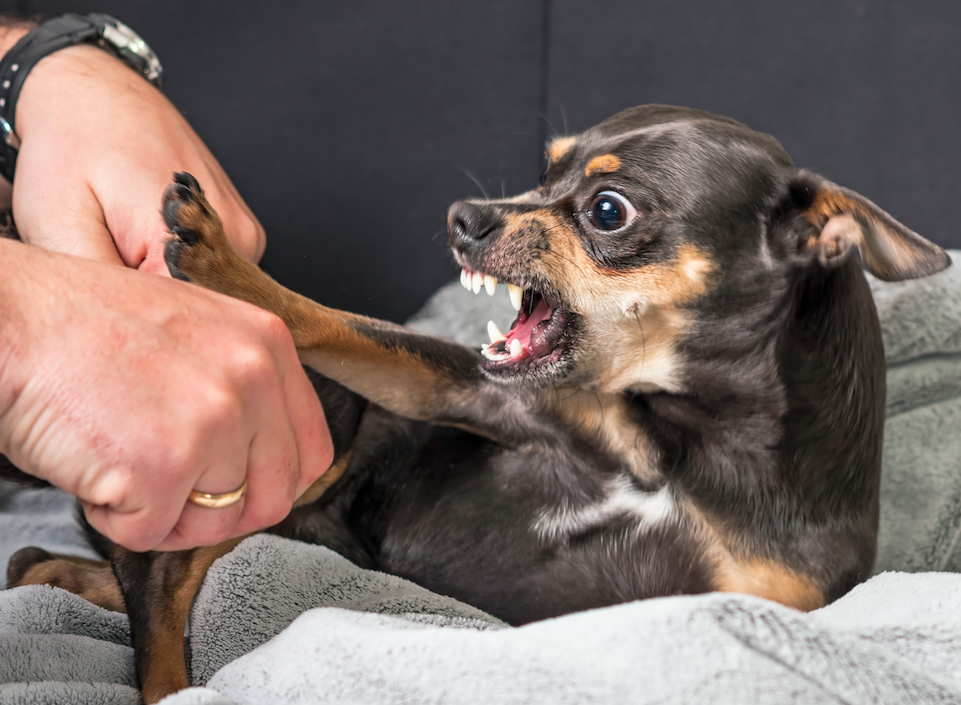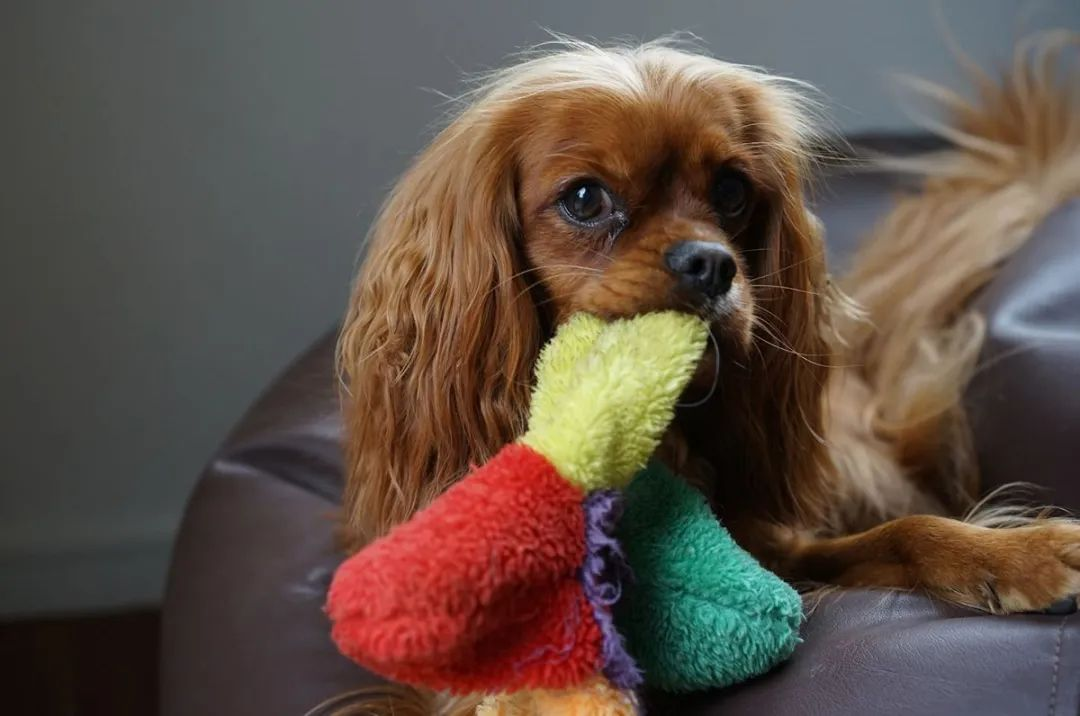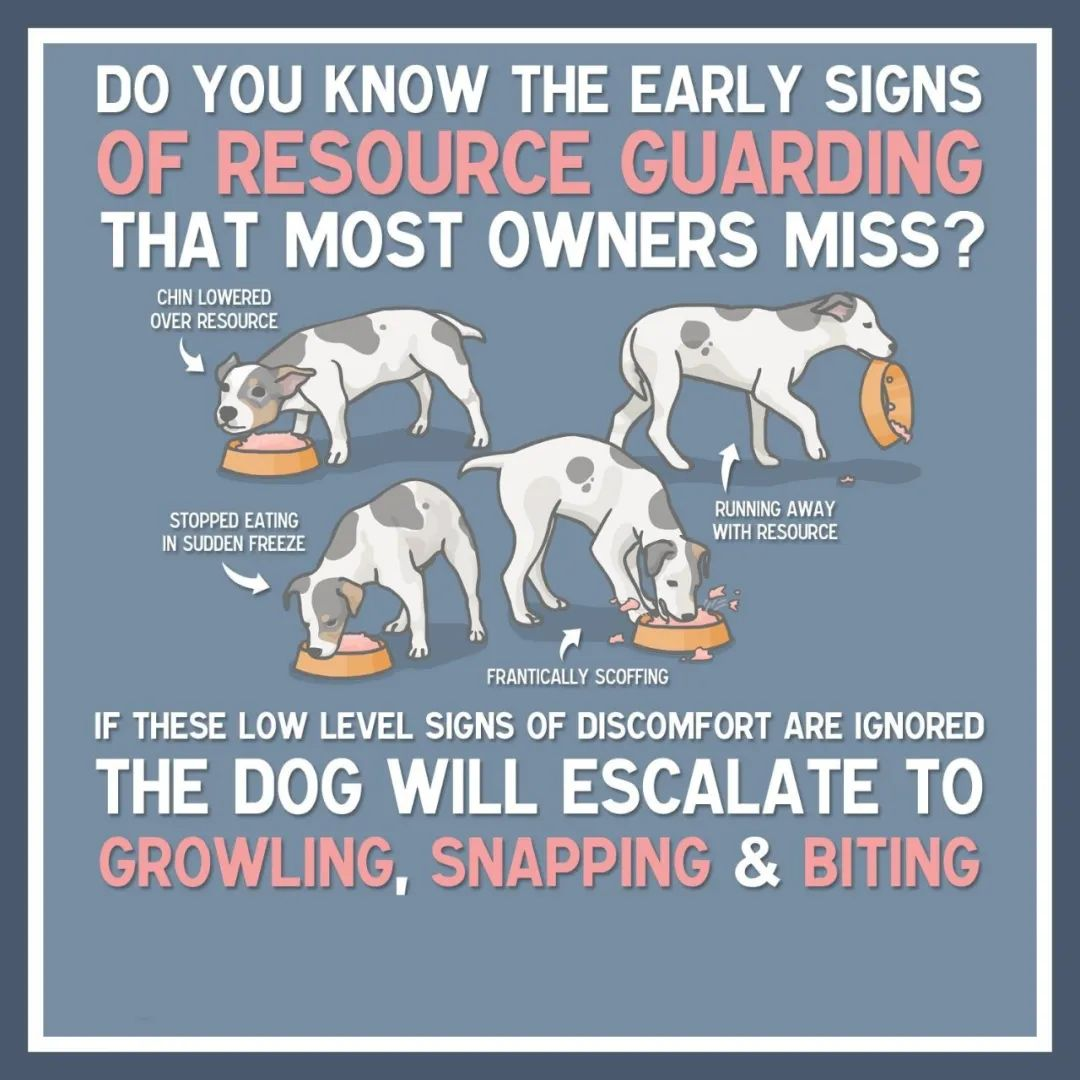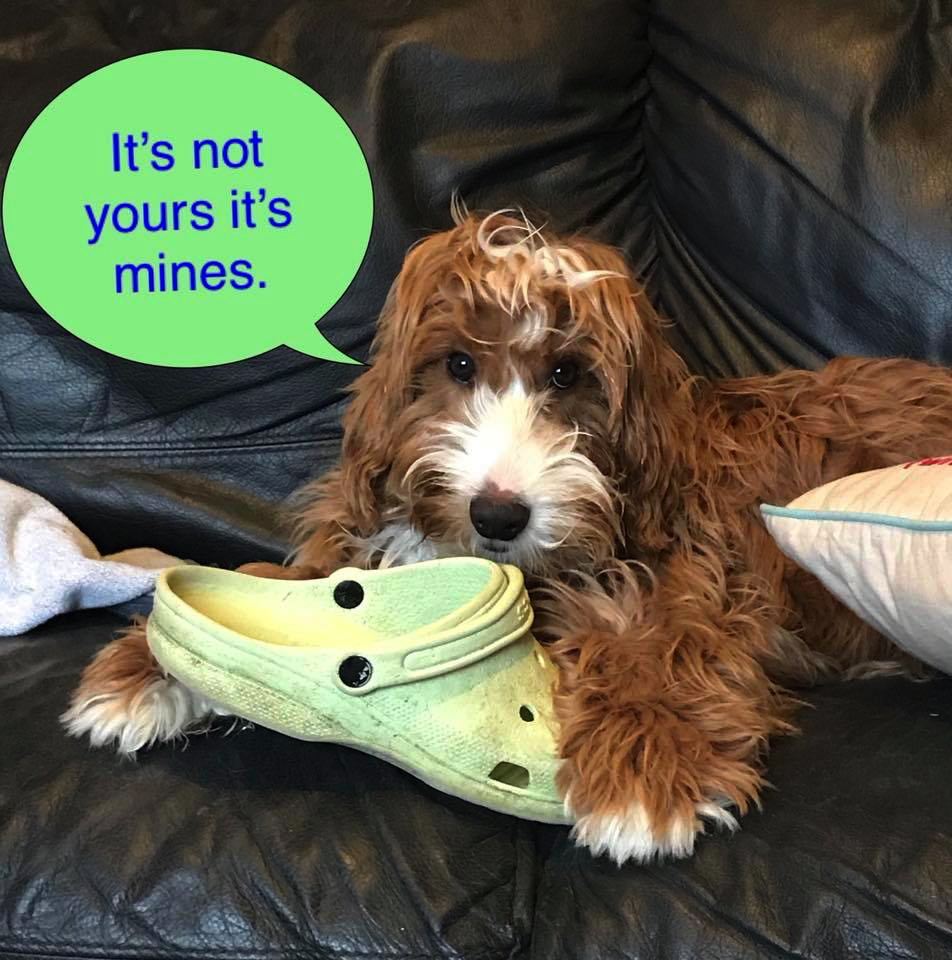Correction of Dog’s Food Protection Behavior Part 1
01 Animal resource conservation behavior
A friend left a message for me a few days ago, hoping that we can introduce how to correct dog feeding behavior? This is a very big topic, and it may be difficult to clear an article. Therefore, I divided the article into two parts. The first part focuses on why dogs engage in food protection behavior and what causes them to do so. The second part specifically explores some commonly used correction and training methods at home and abroad.
In dog behavior, there is a term called “Resource Guarding” and “Resource Protection”, which refers to the reaction of a dog when it feels that its precious resources are threatened. When a dog feels that it may lose something, it will take some actions to protect it from being controlled by itself. These behaviors include staring, showing teeth, growling, growling, pouncing, and biting. And the most commonly mentioned food protection behavior is only one type of resource protection, also known as “food based attack”, which corresponds to the protective behavior of toys and other objects “possessive attack”.
Resource conservation behavior is an instinctive behavior of dogs, and it is precisely this instinct that made dogs the initial companions of humans, protecting our homes, granaries, property, and personal safety. But as dogs transition from working partners to living partners, this protective behavior has become a hassle. We not only discover this situation when protecting food, but often when dogs consider some household items to be their own resources that need to be protected, they also show warnings and attacks on people. For example, some dogs protect toys that are retrieved from their nests, while others protect food packaging in the trash can, There are also some that will protect the socks and clothes that have been changed from the laundry basket.
Some protective behaviors not only include objects, but also include space, such as a dog’s bed or sofa where no one is allowed to sit on it, a dog’s dining area where no one is allowed to enter casually, and the bedroom door corresponding to the dog’s kennel where no other pets pass by. Some dogs may engage in resource conservation behavior towards their owners, such as when taking a dog for a walk outside, and some dogs prevent pet owners from touching other pets, which is actually protecting the pet owners they believe belong to.
02 What are the manifestations of dog food protection?
In most cases, simple food protection behaviors do not require special treatment. Most pet owners only need to take reasonable preventive measures, such as allowing the dog to eat alone in a single area, or even in a separate room or fence during meals. But if there are children or elderly people at home, the situation can become very dangerous. Children who cannot correctly recognize the dog’s warning language are more likely to ignore the dog’s behavior and engage in reckless behavior, and then be bitten by the dog. So we believe that it is very important to properly train dogs’ food or resource conservation behaviors.
Before training, we need to know how dogs behave when it comes to food or resource conservation? Some resource conservation behaviors are manifested by dogs in a very gentle way:
Seeing you come, my body temporarily stiffens and tightens;
Seeing someone or other pets coming, suddenly accelerating the pace of eating halfway through the meal;
Take your own food and toys when you see someone or other pets coming;
When seeing an incoming person or other pet, subtly shift the body and block between the incoming person and its items;
Gaze sideways or forward with both eyes and stare at people or other pets approaching it;
Raise your lips to reveal your teeth when you see someone or other pets coming;
When seeing a person or other pet, place your ears flat on your head;
And when your pet thinks that its resources may be taken away, it will show obvious and strong actions, and many pet owners will only realize that the dog is warning it at this time:
The dog growls and growls;
Lunge elongates the body and bites into the air;
Chase and drive you or other animals out of this area;
Snap forward and bite;
When you see a dog engaging in these behaviors, judge whether it has engaged in resource conservation behavior based on its own actions.
03 Reasons for Dog Food Protection Behavior
If your dog engages in food conservation behavior, don’t be surprised or angry first. The dog’s resource conservation behavior itself is not surprising, which is a very normal natural behavior.
Many dogs are born with a strong desire for protection, which is caused by their genetic inheritance. Some breeds of dogs are born as guard dogs, and protecting everything they can guard is natural, such as the Tibetan Mastiff, Rowena, Bitter, and Duchess. Facing these breeds of dogs, it is not easy to change through training;
In addition to innate genetic factors, the scarcity of resources can also make dogs more prone to resource conservation desires. However, this situation is not as common as we think. Some people believe that the lack of food given causes them to overprotect their food. However, in reality, many stray dogs from resource poor areas do not protect their food, and instead, some pampered dogs at home are more likely to protect their food. So what really triggers the desire for dog resource protection is the intrinsic added value of this item. The most common reason for the desire to protect food is because it is a necessity for dog survival, but the intrinsic value that each dog perceives is different. This intrinsic value is often determined by the pet owner at the beginning, such as snacks for rewards, items for them to watch over, such as a brand new toy, or socks stolen from our laundry basket, Then we chased and pulled it out of its mouth. For most dogs, novelty and stolen items actually have additional added value.
Spiritual stress and exhaustion can also lead to a strong desire for resource protection in dogs in a short period of time. For example, when guests or new family members arrive at home, dogs may feel that this may threaten their own interests, and thus exhibit a stronger desire for protection. Similarly, when some needs cannot be met, such as long-term lack of exercise and nutrition, or short-term fatigue, hunger, and thirst, they may develop the idea of prioritizing their own needs, and then strongly resist others’ competition.
Dogs may also develop a strong desire for protection due to some knowledge they have learned in their childhood or past life. For example, some pet owners may directly take the food they are eating while they are eating. The dog will know next time that it needs to warn someone to leave, not to snatch their own food, and exhibit resource conservation behavior when eating in the future, So pet owners need to observe in their daily lives whether there are too many pets at home, or if some behavior directly or indirectly causes them to become more possessive.
Post time: Sep-25-2023

